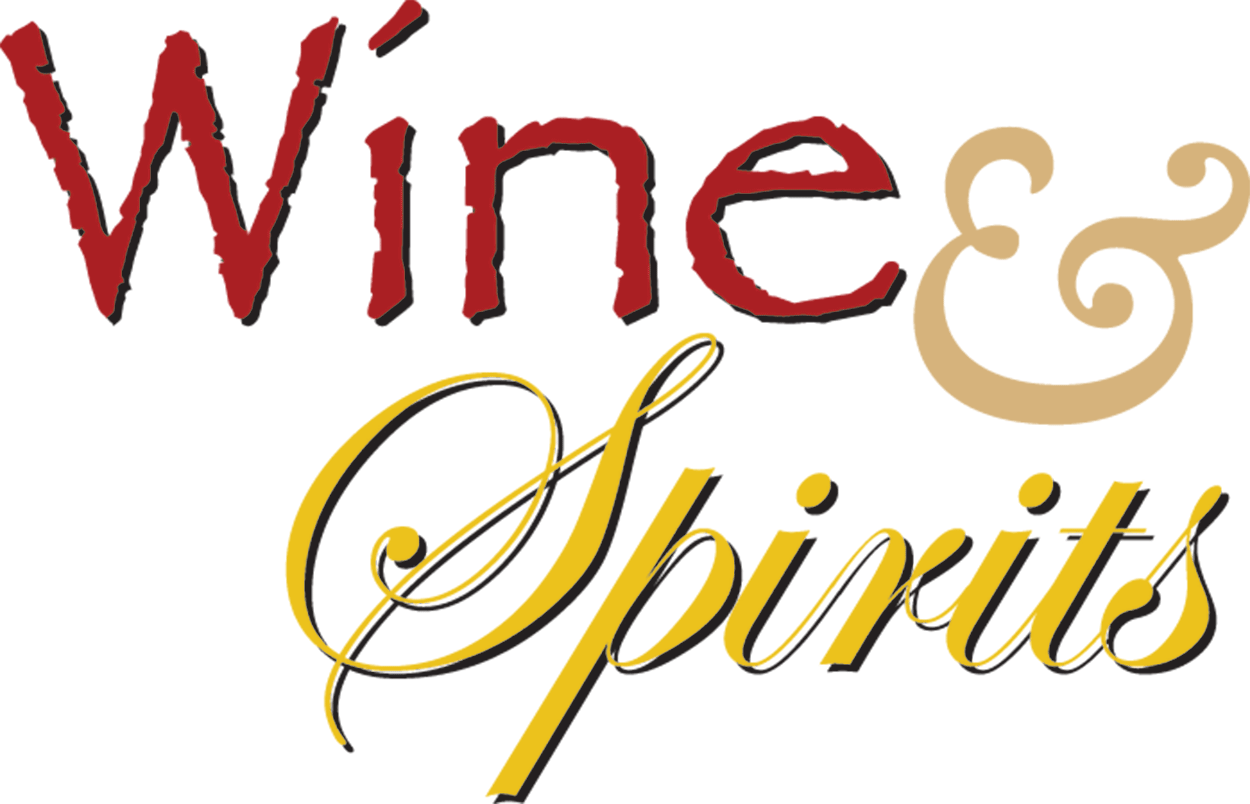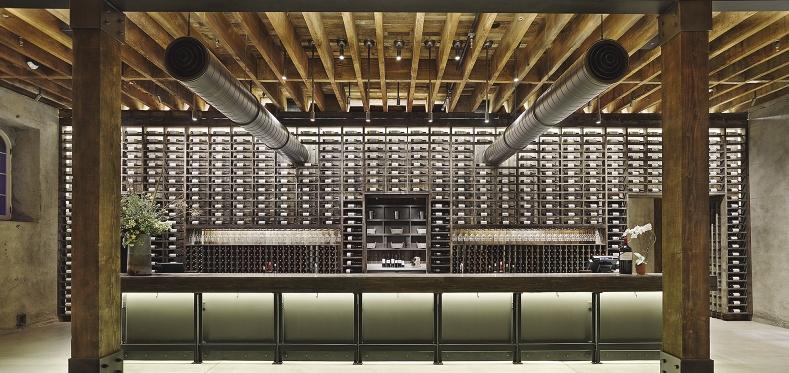- Home
- Media Kit
- Current Issue
- Past Issues
- Ad Specs-Submission
- Ad Print Settings
- Reprints (PDF)
- Photo Specifications (PDF)
- Contact Us

![]()
ONLINE

Napa’s
Oldest Winery
Editors’ Note
As the third generation member of the family who owns and operates C. Mondavi & Family, Peter Mondavi, Jr. now leads the Charles Krug Winery. He attended Stanford University, where he earned a B.S. in Mechanical Engineering and an M.S. in Engineering Management, and then an M.B.A. He is a member of numerous wine-related organizations, including The Wine & Food Society of San Francisco and the American Society for Enology and Viticulture.
Winery Brief
The oldest winery in the Napa Valley was founded in 1861 by Charles Krug. After his death in 1892, James Moffitt purchased the winery in 1895, holding it in proprietorship through prohibition. By 1943, he sold the winery to Italian immigrants Cesare and Rosa Mondavi. When Cesare died in 1959, Rosa was named President. Their sons, Robert and Peter, worked at the helm of the winery until 1966, when Robert left the winery to begin construction of his own winery. In 1976, Peter became President of the Charles Krug Winery upon the death of his mother Rosa. Since the early 1980s, Peter’s two sons, Marc and Peter Jr., have assumed major roles at Charles Krug Winery (charleskrug.com). Peter Mondavi, Sr. remains active in the day-to-day winery operation and, with his sons, is dedicated to producing the best Bordeaux-style wines in the Napa Valley. They embarked on a nine-year, $25.6-million investment program in 1999. Sustainable farming methods are now employed in the vineyards and state-of-the-art winemaking equipment is in place at the winery.
What is the heritage of the Charles Krug Winery and how has the brand evolved?
It has evolved considerably, but that’s partly due to the fact that the whole U.S. wine industry, including Napa Valley, has evolved.
If you go far enough back in our history, at least our family history, we were producing a myriad of different wines. Early on, we made a tremendous number of custom wines for distributors on the East Coast – we shipped it in barrels and they bottled it themselves. We produced a tremendous number of sweet wines – those dominated the industry and our production in the early years.

Charles Krug Winery tasting room in St. Helena, California
We evolved to acquire prime vineyard land in the late ’60s and early ’70s because we wanted to move toward an estate-driven wine. The most important aspect is to have direct control of the grapes from start to finish to assure we have the highest quality grapes available.
Today, we produce a smaller number of traditional dry wine varieties. We have mostly gotten out of the dessert and sweet wine category now and moved to the more traditional dry whites and reds made from noble grape varieties.
In the ’80s, we started focusing on the recognition of what Napa Valley is all about, and on what we’re best at growing and producing. Over the past few decades, we have concluded that it’s Cabernet-related varietals – Cabernets, Merlots, and Bordeaux blends like our Generations wine on the red side and, on the white side, Sauvignon Blancs dominate. If you go south of Napa to the Carneros region, it’s much cooler there and that area favors cooler weather grapes like Pinot Noir and Chardonnay.
In recent years, we have become highly focused specialists: two-thirds of our production is in Bordeaux reds of Cabernets and Merlots, and blends of those grapes whereas, years ago, those would have been a small fraction of our production.
It is more estate-driven today and highly focused on the Bordeaux red varietals.
How critical is the ability to adapt to your culture and the ongoing success of the brand?
It’s critical to adapt. However, we have more of a conservative culture in that we are not going to try just anything and everything. This dates back to my dad’s philosophy of not only being a great winemaker in his time but also approaching it in a very methodical and scientific way. He experimented a lot and perfected wines. He honed the style of wine and the varieties through that process as opposed to chasing what seemed to be the latest fad. Dad’s experimentation and research led to breakthrough discoveries in cold fermentation, sterile filtration, and other techniques he brought to the industry. We would look back, observe, and move forward in a very passionate and dedicated way as opposed to swimming around.
For years, we have had to adapt but that is part of our success. Also, being a family business means our goals are internally aligned.
Have advances in technology changed the way wine is made?
When it comes to the way we produce wines today, some of the techniques we use go way back in time. However, today it’s more nuanced and finessed, and it’s about the subtleties of winemaking and understanding what certain aspects contribute to the quality or style of wine. There are more analytical tools that I wouldn’t say dictate our winemaking but that give us more insight and the ability to potentially avert problems.
The fundamentals of winemaking are still going out and walking the rows, tasting the berries when they’re ripe and ready to pick, tasting the wines during fermentation, determining the proper time to take it off the skins, and tasting it in barrels. At day’s end, it’s about how it tastes and if it’s ready to come out of the barrels.
Is it frustrating at times to differentiate when there is so much clutter in the market?
It’s a never-ending job. Napa Valley alone has well in excess of 400 wineries, and some of them have multiple brands, so there may be in excess of a thousand different brands in Napa Valley and virtually all of them make a Cabernet. It’s frustrating but that is competition so we have to continue to differentiate ourselves.
Another factor is that the production level of many of these 400-plus wineries is pretty small so it’s not like a handful are going to dominate the market. Napa Valley is only around 4 percent of the entire California wine production. There is a very solid demand across the country for this.
Our advantage is in being a historical, well-established winery. We are the oldest winery in the Napa Valley, established in 1861. We have fabulous relationships with distributors in all 50 states.
The newer wineries are finding it much more difficult to find space in the traditional three-tiered distribution system, so we are fortunate that aspect of our business is really solid.
Our direct-to-consumer business, which we’re focusing on now, is a crowded field where the new wineries are focusing their efforts as well.
How important has it been for you to spend so much of your career working with your father?
As a family, we tend to be very dominant in all aspects of production. What’s made it work is that we have so much in common. We also have our Italian heritage, where families stay together for generations, to thank. It’s instilled in us.•